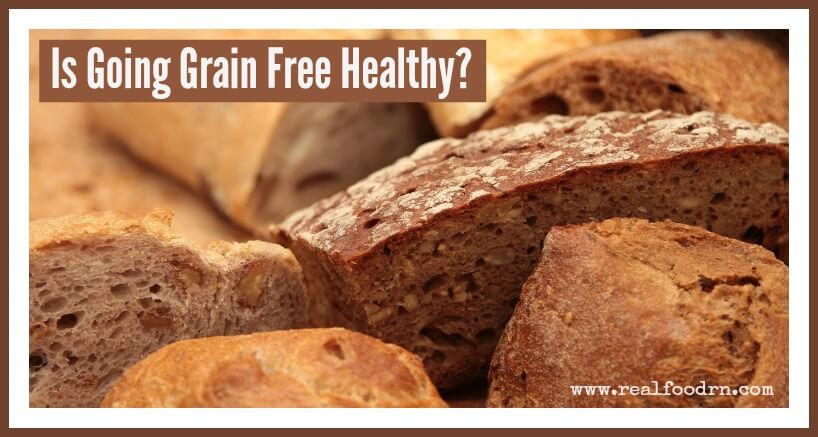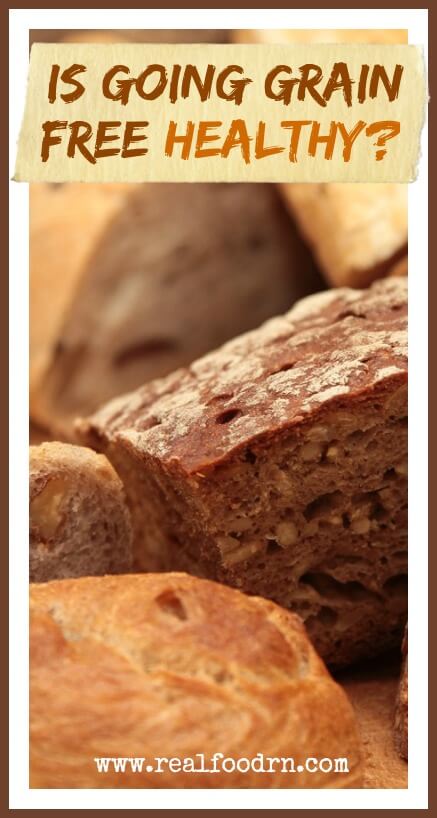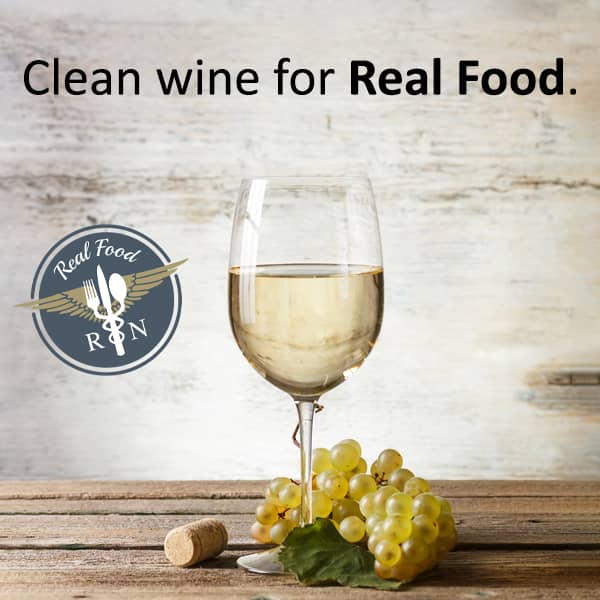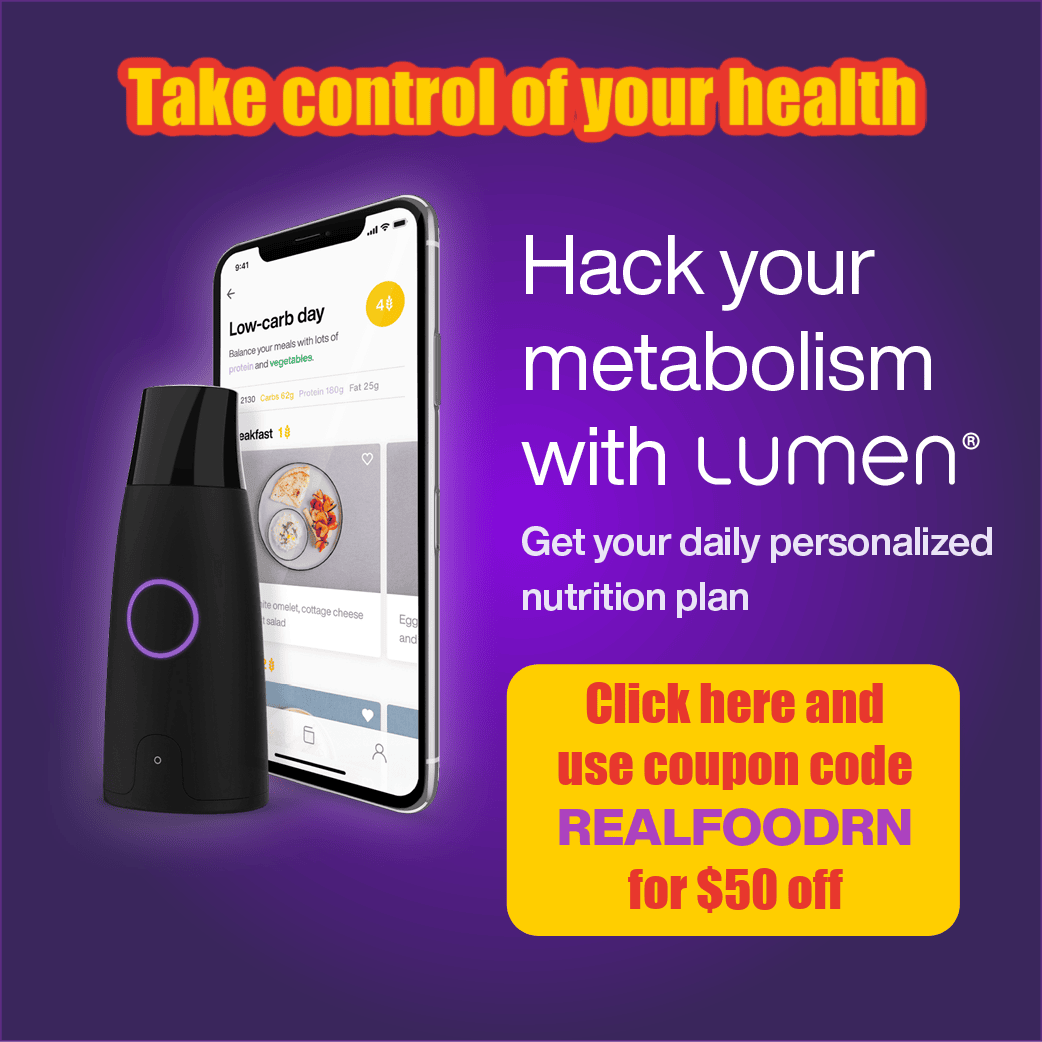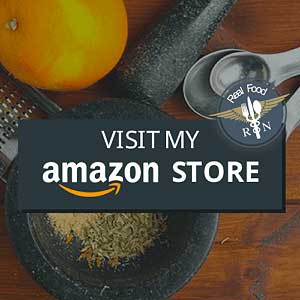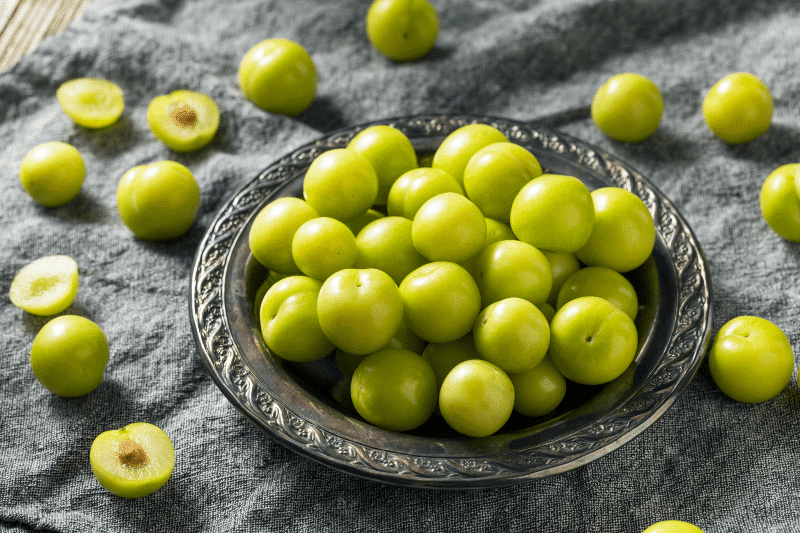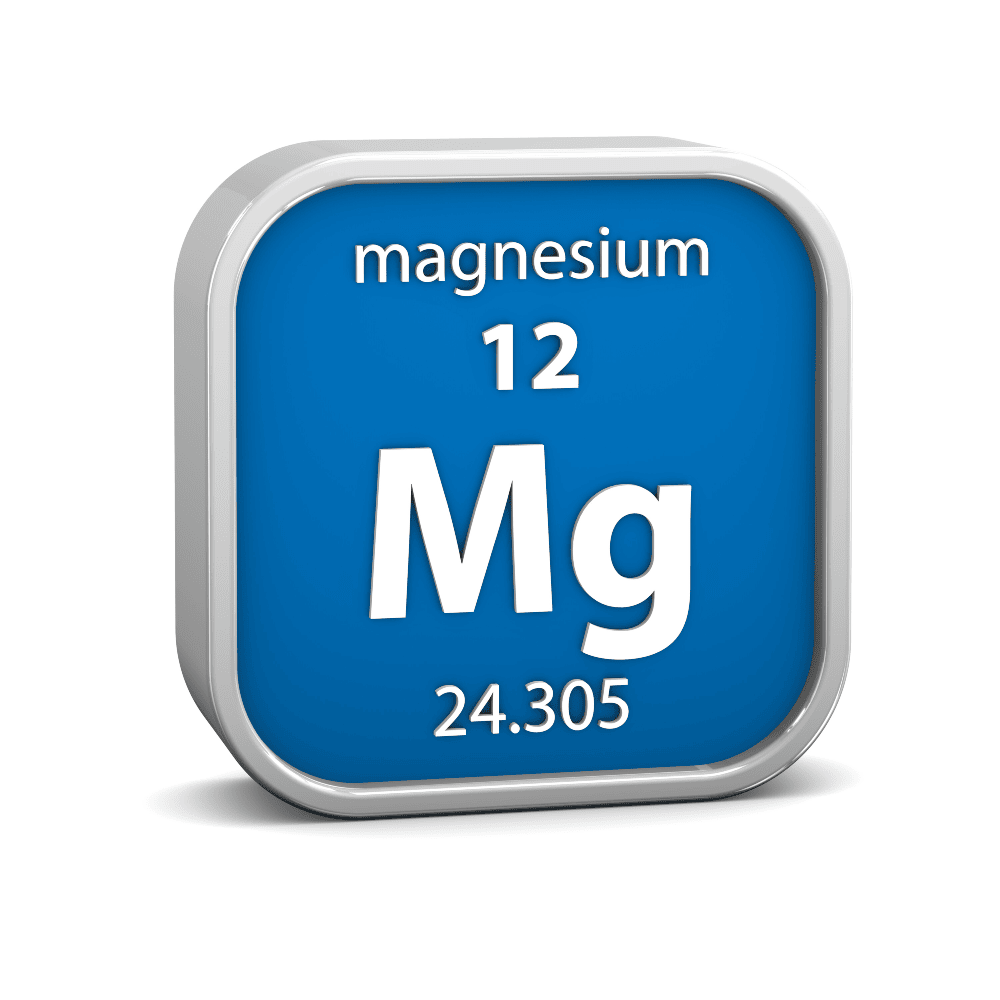This is a guest post from my very good friend, fellow oiler, and fellow blogger Meghan. She is an amazingly talented and nutritionally educated chiropractor. I am so happy that she provided me with this amazing guest post to share here!
I’m guessing that you’ve heard a lot about the Paleo diet or heard of a grain-free diet. Do you ever wonder what that looks like?
Maybe you’re thinking it looks a lot like eating twigs and grass. Or maybe just all vegetables and no flavor? What if I told you that eating grain free can be delicious, flavorful and ultimately a whole lot of fun? I don’t want to forget one of the biggest reasons to eat a nutritious grain free diet; it makes you feel good and fuels your body very well.
There is a difference between cutting out gluten and cutting out grains. They are different, although eliminating them can be done at the same time. When I say I eat grain-free many people tell me they do too, but they eat oatmeal for breakfast and rice for dinner. That’s gluten-free (if you’re eating gluten-free oats), not grain-free. We have to get the terminology correct to know how to follow a grain-free diet (especially when you’re busy and on the go).
Maybe you need and want to start with taking gluten out of your diet before eliminating grains. Gluten-free is a huge step and can be something you may want to feel confident about first. Gluten is found in Barley, Rye, Oats, Wheat, and Spelt.
IT spells BROWS for an easy way to remember it.
Going gluten-free doesn’t mean run to the grocery store and buy every boxed or packaged gluten-free product out there. I believe that many of those aren’t much healthier than their wheat counterpart. New research is saying that 1 in 3 people could be gluten sensitive or intolerant. Those aren’t full-blown allergies, as an allergy has an immediate response to the food. An allergy would be also be diagnosed as celiac disease—which is an autoimmune process affecting 1 out of 133 people. Just because you haven’t been diagnosed with Celiac doesn’t’ mean you shouldn’t stay away from gluten. Do you want to know more about gluten? You can read my post HERE about why I believe we all should be gluten-free.
What Are Grains?
Grains include: rice (brown or white), quinoa, amaranth, buckwheat, millet, gluten-free oats. This list also includes gluten grains: barley, rye, oats, wheat, and spelt. I include quinoa on the grains list. It’s technically a seed, but can mimic the effect of gluten and contains phytates that could still upset your digestive system and promote inflammation.
Starches: Some people’s bodies and guts will see starches in the same way as a grain while healing. Starches include corn, potato (and potentially sweet potato for some), beans, root vegetables, tapioca, arrowroot, yucca, and cassava. This is not long term, but may be a major help in reaching a deeper level of health.
Why Should I Go Grain-Free?
I believe that many of us need to go grain-free to heal our digestive systems and ultimately our bodies. If you have a lot of symptoms right now, grains are one of the most important things to remove from your diet. Removing gluten makes a big difference, but oftentimes only solves a small piece of the puzzle. If you’re new to cutting anything out of your diet my recommendation is always to cut out gluten. Read the labels because there is oftentimes more sugar in gluten-free products than in the gluten-containing cousins. I think it’s best to make any desserts at home so you know exactly what ingredients are in it and you can control the sugar and grain content.
Grains can be extremely inflammatory to our cells and digestive systems. There is a lot of information and research that is done on the dangers of sugar. One thing that is often overlooked is that grains are also sugars. They turn to sugar within 4-8 seconds of being in your mouth. This is a big deal to our bodies.
What Nutrition Plans are Grain-Free?
Popular grain-free diets are Paleo, Primal, GAPS (Gut and Physiology Syndrome), SCD (Specific Carbohydrate Diet), and AIP (Autoimmune Paleo). You’ve seen these diets or hashtags on social media and now you know what they mean.
I believe that you should figure out the type of nutrition plan that works best for your body, and that can take some time. You don’t have to follow a plan as written for they are only guidelines, not strict rules. I often use the names of these diet plans to search for recipes. If you search Paleo or AIP on Pinterest you can find a lot of recipes that you know will be grain-free. It’s an easy way to meal plan and not spend a ton of time searching the internet for recipes.
Is a Grain-Free Eating Plan Hard to Follow?
A grain-free diet eliminates gluten-containing grains and non-gluten containing grains. You will eliminate the gluten grains, which are barley, rye, oats, wheat, and spelt. The non-gluten grains are amaranth, millet, buckwheat, quinoa, rice (brown and white). Starches have the potential to turn into sugar, especially in people with more severe gut symptoms. (Starches include potatoes, corn, peas, yucca, cassava, tapioca, beans, root vegetables, and arrowroot). Not everyone needs to cut out the starches in their diet to heal a gut or even to notice symptom improvement. If you are curious and already going to take out grains it can be worth going the next step to eating a low starch diet also. Starches don’t necessarily need to be eliminated long term but can give your body a better baseline for how you should feel.
When you choose to bring back in starches you will know what your body is able to handle and still feel great. Once I went grain-free and got over the learning curve it is easy to follow this type of nutrition plan. First of all, I feel really good and that’s motivation enough. Secondly, I can still have the foods I love, but they are just made with some different ingredients. There’s almost always a grain-free alternative to any food you may love. My food still tastes amazing and I’d even argue that it tastes better, but don’t take my word for it, give it a try.
I will mention that it takes a little time to retrain your taste buds. You may miss some of the flavors of the food you are used to, but remember that any food that is processed is full of different flavorings and chemicals that are specifically placed in there so you crave the food. And also make you want to eat more and buy them again and again. Give yourself about 2-4 weeks to see a taste bud shift. It will happen and then you will not want to go back to eating food loaded with unnatural ingredients.
How Do I Cut Out Grains?
I will give you two options here: step by step or cold turkey. You are going to have to decide what’s the best option for you and what works best for your body. If you are ready for a change and have experimented before with an elimination diet or going gluten-free you may be prepared enough to go cold turkey and make a big shift all at once.
If you’re reading this and are feeling a little overwhelmed, you may want to try the step by step process. Don’t use the gradual change as an excuse to keep eating whatever foods you want to. Use the time to learn more about what to eat and how to prepare meals grain-free. Meal plan, learn how to identify gluten on a label, compile recipes that you like that are easy go-to’s for you and your family. It can be a slow process of learning to grocery shop, prepare, and eat differently. Set a goal and work backward with mini goals on how to get there.
What Do I Eat If I Cut Out All Grains?
I guess I can say the obvious, no grains. When you take out grains you are still left with a lot of foods. Meat, eggs, cheese, nuts, seeds, fruits and vegetables and lots of good and healthy fats (think butter and coconut oil). You can make so many different meals, snacks, and desserts with these ingredients. There are going to be temptations and grain-filled foods when you are out and about or at someone else’s house. But you can also easily avoid them. You have to have some fun foods and treat foods.
I’m a former total sugar addict and know the lure of the bakery cabinet in a coffee shop. In addition to real food like protein and veggies, you can also eat coconut, nuts and seeds, and cocoa and chocolate. You can create so many amazing treats with these ingredients. You can use coconut flour and almond flour and make almost any kind of treat; cookie, cake, brownie or bar. You can stock your home with these and also take them out with you if you know you are going to want or need a dessert. No deprivation and full of flavor.
Where Do I Find Recipes?
Real Food RN is full of recipes that are grain-free (just search “gluten-free” at the top, or check out the recipe archives). You are in a great spot to find recipes. My website also has over 100 recipes that are grain-free. Kate and I create these recipes to share with you how we fuel our bodies, love the food we eat, and give you all of these resources to do the same. Healthy food can be fun and I hope you feel empowered by that after reading this post. I love the way I eat and I feel great eating this way too. Below are some of my favorite recipes and some of them are the perfect little sweet after dinner too.
- Fluffy Coconut Flour Waffles
- Chocolate Fudge
- Chocolate Muffins
- Grain Free Pie Crust
- Strawberry Shortcake
- Grain-Free Granola
- Two Seed Pizza Crust
If you want to try a GREAT grain free flour that you can substitute 1:1 in your recipes, then you simply HAVE to try Cassava Flour!
Here are a couple of recipes that use it:
P.S. If you want to find the best gluten-free items online (best prices around, believe me, I have checked!) with free shipping, I highly recommend Thrive Market, they even have a special Gluten Free section. CLICK HERE to check them out!
Well, what do you think? Is giving gluten free eating worth a try? I would love to hear about it in the comments below!
